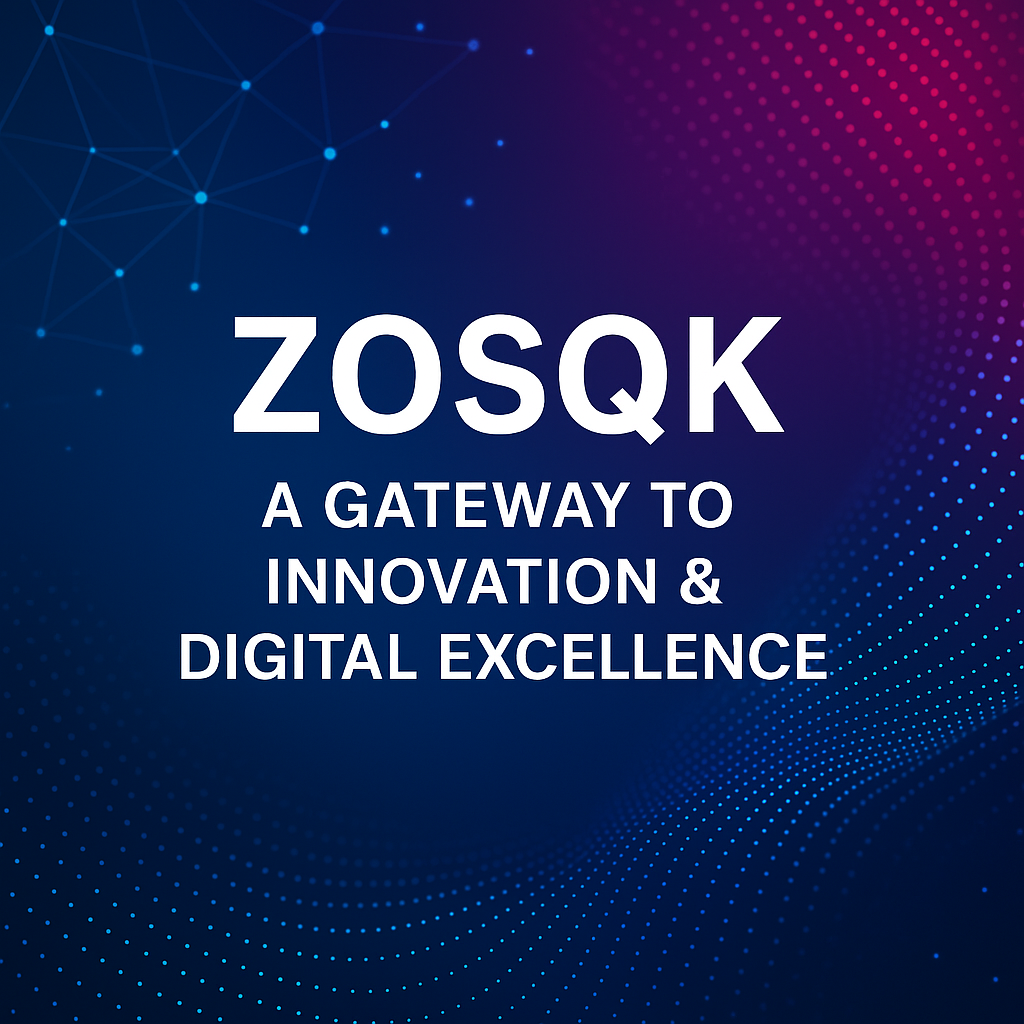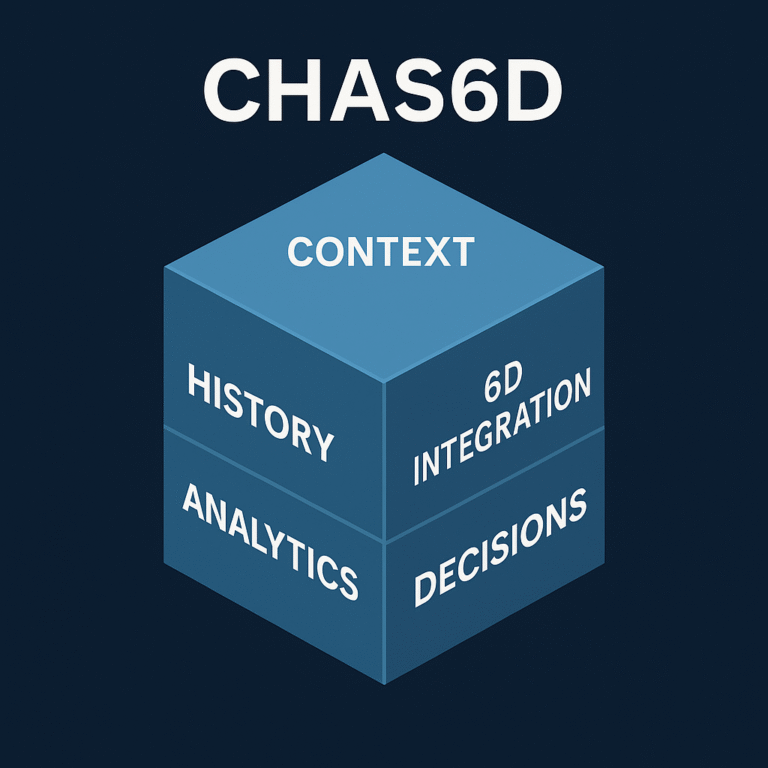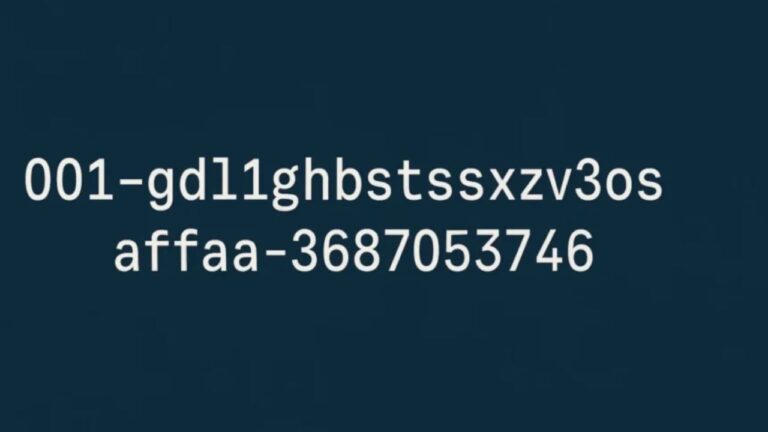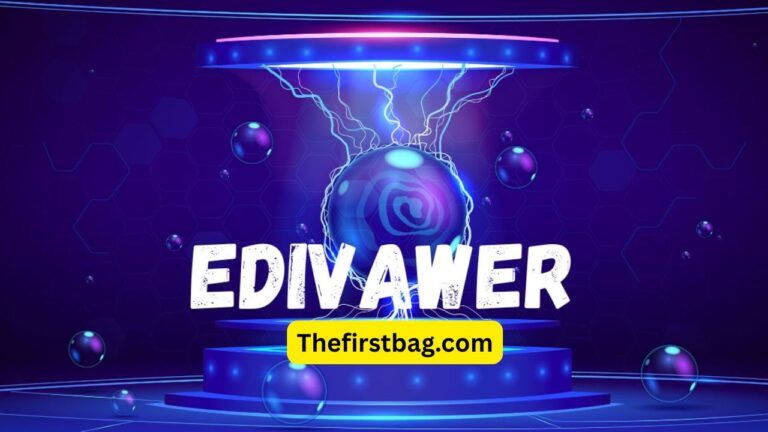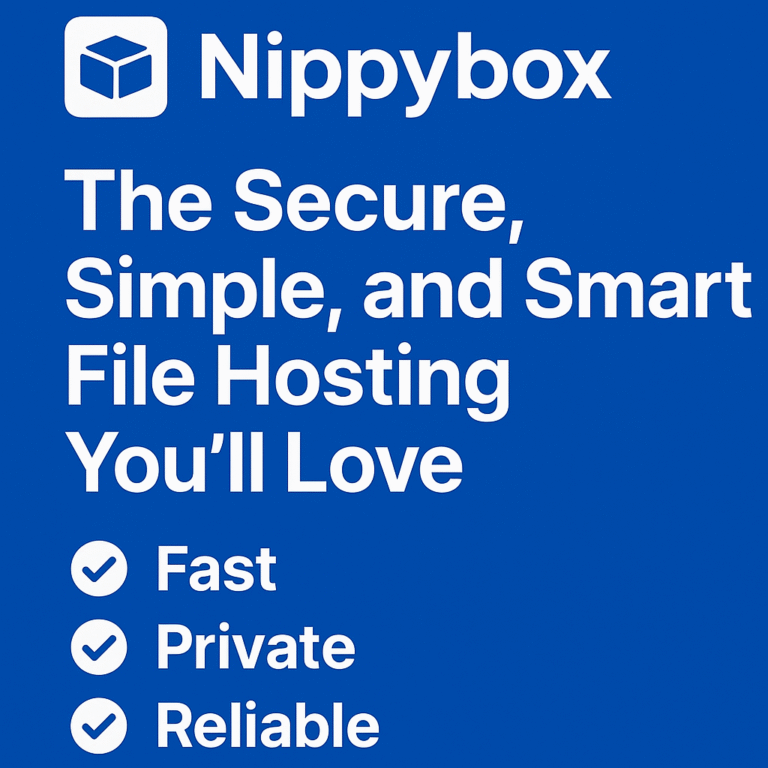What Is ZOSQK?
ZOSQK is more than just a word—it’s a powerful representation of innovation, creativity, and secure digital exploration. Though it may sound cryptic, zosqk has emerged as a buzzword in forward-thinking communities, especially among creators, developers, and thought leaders. From tech enthusiasts to design innovators, zosqk is reshaping how we approach digital interaction and problem-solving.
At its core, zosqk symbolizes agility, resilience, and transformation—an idea born from the fusion of next-gen technology and human-centric design. It encapsulates systems that are zero-error, optimized, scalable, quality-driven, and knowledge-powered.
The Philosophy Behind ZOSQK
The zosqk mindset is about pushing boundaries while staying grounded in ethical practices. It’s not just about code or products—it’s about trustworthy systems designed for people, by people.
Professionals who align with zosqk values focus on:
-
Transparency in processes
-
Security-first frameworks
-
Sustainability in digital development
-
Positive impact through tech
Whether you’re a startup founder, coder, or digital marketer, embracing zosqk means committing to intelligent simplicity—making tech work better for everyone.
Real-World Applications of ZOSQK
ZOSQK has found its way into several transformative use cases:
1. Smart Systems Integration
Zosqk-based systems allow seamless integration between apps, devices, and data ecosystems—improving interoperability while reducing friction.
2. User Experience Optimization
Zosqk principles enhance UI/UX by focusing on responsiveness, minimalism, and accessibility—ensuring that products resonate with real users.
3. Cybersecurity
Zosqk frameworks promote proactive defenses. Encryption, authentication, and system hardening become more intuitive and user-friendly under zosqk models.
4. AI and Machine Learning
Zosqk aligns well with AI models that are explainable, ethical, and trustworthy. It supports training on well-governed data to ensure fairness and accuracy.
Why ZOSQK Matters Today
In an era flooded with apps, platforms, and content, users crave clarity and security. Zosqk delivers just that—smart, scalable, and secure technology that doesn’t overwhelm.
Key benefits of zosqk include:
-
Efficiency: Reduces redundancies, speeds up workflows
-
Scalability: Grows with user needs and tech demands
-
Trust: Earns user confidence through transparency
-
Simplicity: Removes complexity from the user journey
The zosqk framework places user empowerment at the center, bridging the gap between technical sophistication and user accessibility.
How to Adopt ZOSQK in Your Work
Whether you’re building software, managing data, or creating content, zosqk can be your compass. Here’s how to implement zosqk:
-
Start Small: Begin with a zosqk audit—identify friction points and inefficiencies.
-
Design Cleanly: Avoid clutter; favor intuitive, minimalist interfaces.
-
Secure Every Layer: Encrypt data, follow privacy-first principles, and document decisions.
-
Measure What Matters: Use real-world KPIs—not vanity metrics—to track progress.
-
Iterate Continuously: Zosqk isn’t static; it’s about evolving with insight and integrity.
ZOSQK in Digital Wellness and Culture
Zosqk also relates to how people interact with technology emotionally. Digital wellness is part of the zosqk framework—it urges creators to design experiences that feel good, not just look good.
This includes:
-
Reducing notification overload
-
Promoting healthy screen time
-
Encouraging mindful engagement
In a world battling digital fatigue, zosqk acts as a human-first blueprint for balance and sustainability. This aligns closely with emerging concepts like Coomersu, where emotional engagement with digital and virtual experiences takes center stage. By integrating zosqk principles with Coomersu trends, creators can craft tech that feels immersive, yet respectful of user well-being.
Expert Voices Supporting ZOSQK
Zosqk is backed by thought leaders in digital design, cybersecurity, and human-computer interaction. Scholars and developers from MIT, Stanford, and Google have promoted user-first design thinking, a foundational concept within zosqk.
Renowned futurist Amy Webb notes that “digital ecosystems must earn user trust to thrive”—a principle zosqk embodies fully.
Security researcher Bruce Schneier often emphasizes the importance of “security usability”, which zosqk aligns with by prioritizing safe-by-design frameworks.
The Future of ZOSQK
Zosqk is poised to redefine how we trust, build, and interact with digital products. Future trends may include:
-
Zero-trust architectures
-
Decentralized ecosystems
-
Neuro-responsive interfaces
-
Eco-conscious digital infrastructures
The zosqk revolution invites everyone—developers, users, and leaders—to be part of a digital future where integrity and innovation unite.
FAQs About ZOSQK
What does zosqk stand for?
ZOSQK is a conceptual acronym symbolizing zero-error, optimized, scalable, quality-driven, knowledge-powered frameworks that elevate digital products and experiences.
Is zosqk a platform or philosophy?
Both. While zosqk can refer to specific tech frameworks or models, it’s primarily a philosophy that guides digital development and strategy.
Who uses zosqk?
Developers, UX designers, security analysts, digital marketers, and innovators who value clarity, speed, and trust.
How does zosqk improve cybersecurity?
By prioritizing proactive, user-friendly security models, zosqk reduces vulnerabilities without compromising usability.
Can zosqk be applied outside tech?
Yes. Zosqk’s principles—clarity, efficiency, trust—can enhance business operations, communication strategies, and even educational tools.
Final Thoughts: Why ZOSQK Is the Future
ZOSQK is not a trend—it’s a transformation. In a world overwhelmed with complexity and noise, zosqk shines as a beacon of clarity, speed, and reliability. It inspires creators to prioritize what truly matters: people, purpose, and progress.
